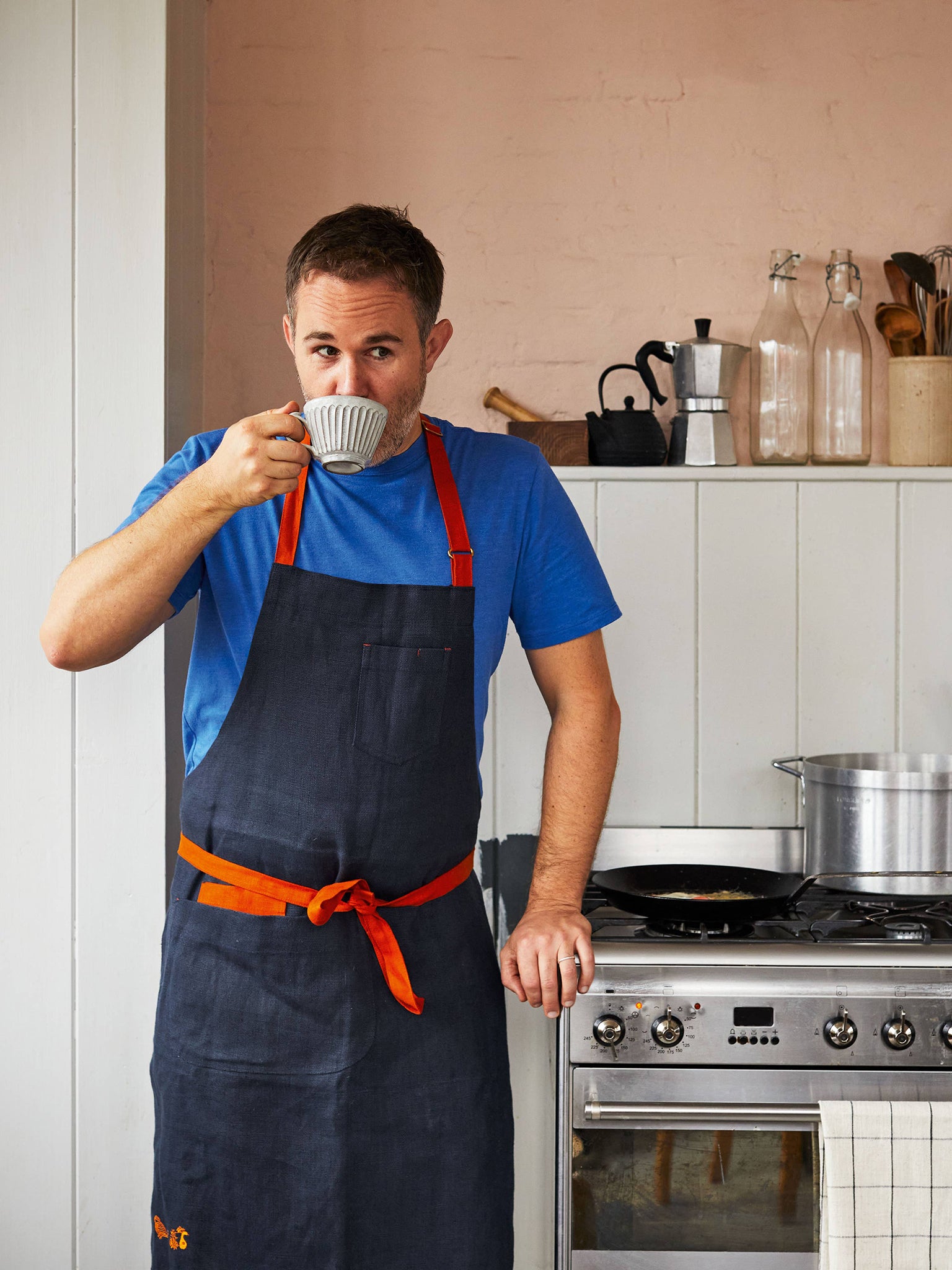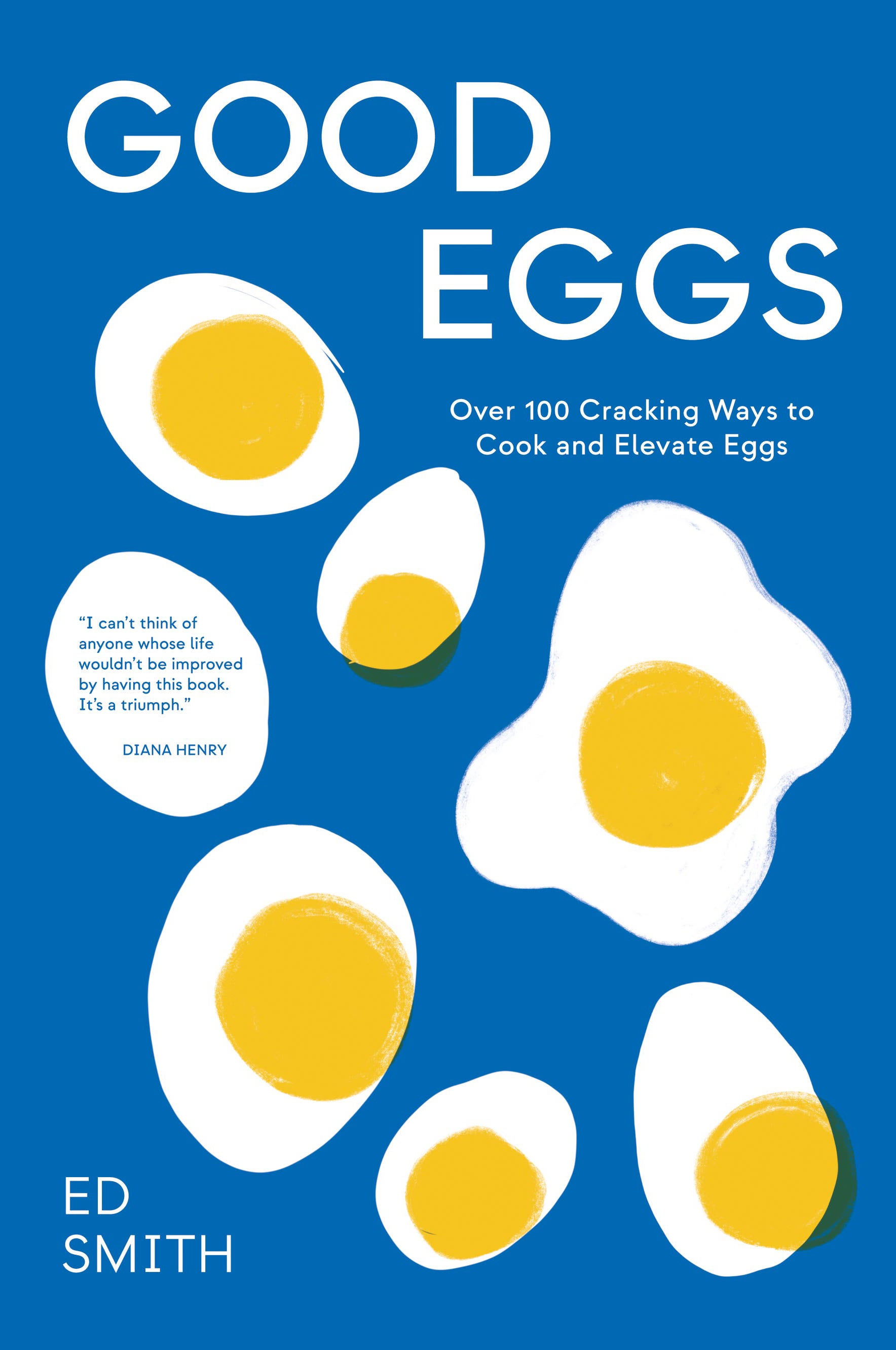‘A bad egg is one of the more disappointing things in life’: Cook shares secrets to mastering them at home
From baked to jammy to perfectly fried on top of a flatbread, the humble egg has so many possibilities, says cook, writer and TikTok egg king Ed Smith. So why have we been getting them so wrong?

Eggs have somehow become synonymous with the millennial phenomenon that is brunch. But are scrambled eggs on sourdough really worth the money you’d pay at a cafe, or could you better master the art of egg-making at home?
In defence of restaurants, it’s really hard to make an egg dish that’s worth the money they need to charge to keep an establishment running, says cook, writer and content creator Ed Smith. But eggs are the ultimate “quick and nourishing” ingredient for a home-cooked meal – not to mention cheap.
And if you have forked out cash for an upmarket brunch, the stakes are higher. “You know when you get that poached egg and you cut into it, and the yolk doesn’t move anywhere? That is I think one of the more disappointing things in life,” says the 42-year-old Londoner.
Even with the huge rise in places serving up poached eggs or shakshuka for £12 a pop, Smith says: “There are not many places I’d rather eat an egg than in my own house.”
And with a bit of encouragement, and a few out-of-the-box egg ideas, most people would agree, he reckons.
Smith, who made his name with the blog and social account Rocket and Squash, and left his corporate law job working 60-80 hours a week in 2012 to pursue food, first started experimenting with eggs more when his son was a baby.
“I tended to have what I would call a second breakfast after having been up for a few hours. I’m sitting there trying to occupy my child while I’m letting my wife sleep, and I found myself slightly embellishing eggs.”
Eggs are, after all, usually always in most people’s fridges. “It’s a great way to clear out the cupboards of all the ingredients that you buy for other other recipes,” he says, and they became a staple of his working lunch during lockdown and the years of working from home since.

It’s only fitting then that Smith’s fourth cookbook is called Good Eggs – including no less than 100 different recipes celebrating the humble ingredient but with some elevation – like kimchi and gochujang skillet eggs, sausage laab and fried egg bun, and za’atar-dusted fudgy-yolked eggs. “It’s not about eggs as an ingredient, but eggs as a centrepiece,” he says, although none of the recipes, he points out, are rocket science.
“Eggs are personal,” he concedes, but they don’t need to be boring. “If you want to have eggs over easy with an extremely hard yolk then that’s totally fine, but do consider putting chilli oil on and having it with a paratha rather than white bread.”
One of the major mistakes people make when making brunch at home, is attempting eggs for big groups of people, he says.
“I don’t think that you should cook eggs for more than three other people at the same time.
“As soon as you start multiplying it beyond about four people, it becomes chaotic. And on a selfish basis, it’s worse for the cook. They’re the person that gets the worst egg. If you fry loads of eggs and one splits, you inevitably feel like you have to have it.”
To counteract this, Smith has specific recipes that cater for groups; think group shakshuka or tray-baked frittata baguettes with minted feta salad.
Unless you’re able to be very organised and poach a batch of eggs ahead of time and reheat when needed – as they would do in a restaurant. Smith says when the whites of the egg are set, immediately transfer the egg to a container of iced water and pop them in the fridge until you need them. Then when your guests arrive (or your big family wakes up), reheat them in simmering water for 30-45 seconds.
But save yourself some hassle and serve the eggs with stress-free accompaniments, like his marmite and thyme braised portobello mushrooms.

Smith’s book is peppered with helpful tips and tricks for the cooking process. For perfectly scrambled soft, oozy eggs, Smith suggests cooking them very gently over a low-medium heat. “Stir constantly, encouraging very small curds to form as the eggs thicken. Remove from the heat before they are ‘done’,” he writes. If you sense they’re about to overcook, or your other elements aren’t ready yet, transfer to a cold bowl.
Boiled eggs must be the most under-appreciated form of cooked egg though. “If you ever see a dippy egg, you know, getting an egg in a cup brings back a kind of visceral childhood joy for a lot of people.”
His no-fuss method is room temperature, medium-sized eggs in a saucepan of just-boiling water – and simmer for four minutes and 30 seconds for eggs so soft that they must be left unpeeled and dipped into in the shell instead, or seven minutes for a jammy consistency (45 seconds longer for “fudgy”).
Exactly how fresh an egg is determines how it should best be cooked. “You will never get a good poached egg if that egg is not really fresh. It doesn’t matter how much vinegar you chuck in there or what technique you use, it will be straggly and disappointing,” Smith says.
The best way to determine freshness is to put it in a glass of water. According to Smith, the fresher the egg, the smaller the air pocket and the less it floats.
Super fresh eggs are best for poaching and frying, but become difficult to peel when boiled. Whereas an egg standing upright in the water (but still touching the bottom of the glass) will be slacker, which would be fine for scrambled, and omelette or soft or hard boiled eggs.
But what about the yolks, should you be suspicious of a pale one?
“The colour of the yolk comes from the chicken breed and what they eat,” says Smith, “[it] often involves paprika or something in their feed, which is not a secret.”
Sometimes those eggs also taste better, he reckons. “But that might be a placebo effect, or it might be a close correlation to the fact that the eggs, the farm or the company that has got those bright egg yolks is probably also treating its chickens in a nice way,” Smith says.
Plus, those runny orange yolks do look better on Instagram.
“I think that we eat with our eyes to at least a small degree in every meal. Yolks are kind of emblematic of that as well – it’s such a joy to open a really bright vibrant orange yolk, it’s like sunshine pouring onto the plate.”
‘Good Eggs’ by Ed Smith (Quadrille, £22).
Join our commenting forum
Join thought-provoking conversations, follow other Independent readers and see their replies
1Comments